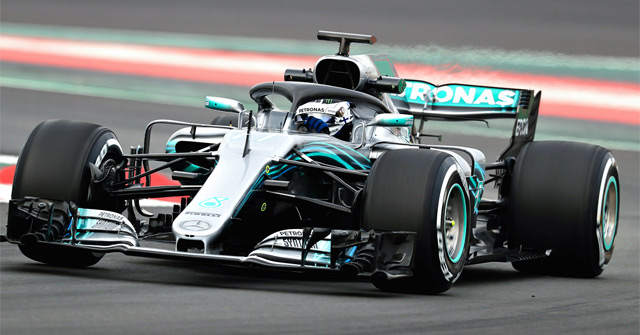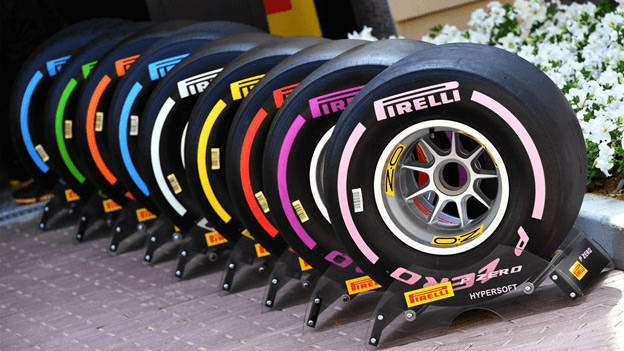
The tires are the only part of the F1 car in contact with the road surface during the race, so they have to withstand huge impacts and high temperatures. Therefore, a normal tire can run for thousands of kilometers, but a racing tire can only run for about 100km.
When the vehicle reaches its highest speed, the wheel can rotate at 3,000 rpm. At that time, due to friction, the tire temperature at the point of contact with the road surface can reach 125ºC.
Because tire performance is greatly affected by temperature and air pressure. To completely eliminate this effect, F1 tires are inflated with dry air with 0% humidity. Even to be able to accurately calculate pressure changes when temperature changes, many racing teams also use inert nitrogen gas to pump into tires.
During the race, the tire will gradually heat up due to friction and then stabilize at a certain temperature, usually around 70-80ºC. Therefore F1 racing tires are designed to perform optimally at high temperatures. Racing teams often use a special electric blanket to “warm up” all 4 tires about 2-3 hours before the race to ensure they work well in the first laps.

Normally, F1 tires have 2 main types:
- Grooved tires: Divided into two types, full-wet tires are used when it rains and intermediate tires are used when the road surface is neither completely slippery nor completely dry.
- Slick tires: Used in dry road conditions.
The video below will help you better understand how a slick tire works.
- Decoding the ‘matrix’ of buttons on the F1 racing steering wheel


